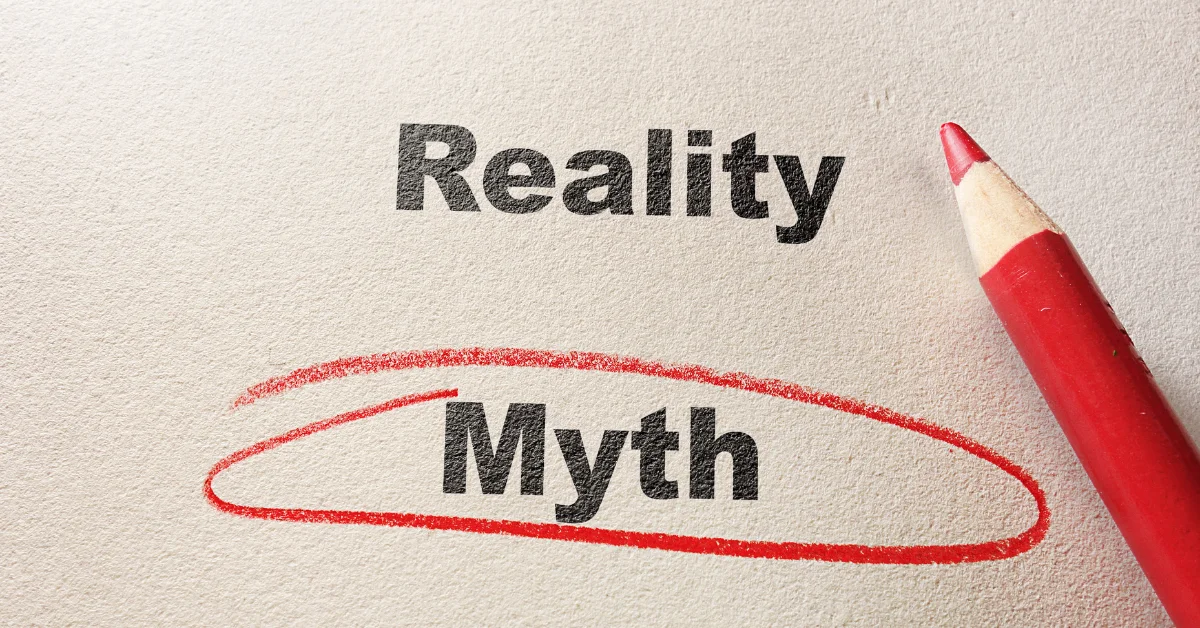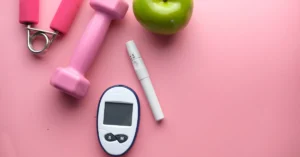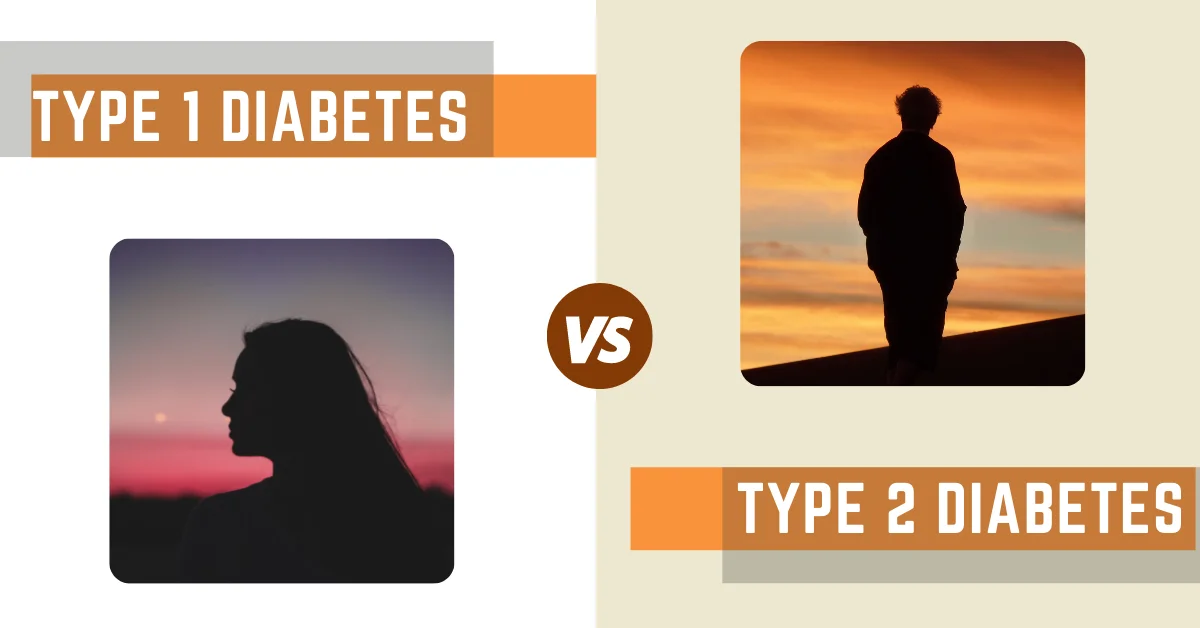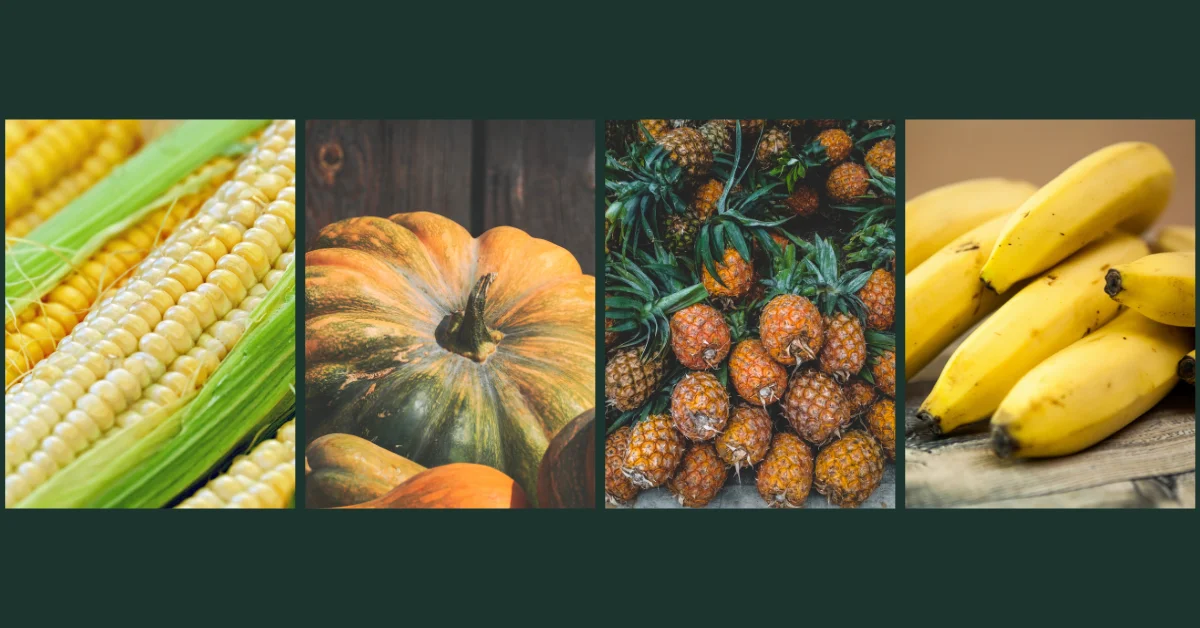“I’m too young to worry about getting diabetes right?”
“Do I need to stop eating the foods I love?”
“Will I be able to live a normal life?”
Being diagnosed with diabetes puts us on a steep learning curve. Navigating the condition can be a great challenge – we need to learn about the condition, understand how our bodies work, and find a suitable way to effectively deal with it. Along the way, we should also take a closer look at the popular misconceptions of the disease so that we can tell right from wrong. Here are some prevalent myths relating to type 2 diabetes (T2D):
Myth 1: Eating too much sugar is the cause of T2D
One of the most frequently asked questions a person with diabetes will face is, “Is it because you ate too much sugar?” or that all-too-familiar comment, “If you didn’t eat so much sugar, you wouldn’t have gotten diabetes!” Oh, sweet summer child, if only it were that simple. Since diabetes is characterised by elevated blood sugar levels, people commonly think that eating too many sugary treats is the cause of diabetes. We should always remember that correlation is not causation. Instead, T2D occurs when a person’s body does not respond well to the insulin produced by the pancreas – hence the term commonly used to describe T2D, “insulin resistance.”[1] That doesn’t necessarily mean it’s a free for all in the sugar department. Sugary goods are generally very palatable (read: delicious), and so it is very easy to consume more than we need. Eating excess sugar is a big contributor to weight gain,[2] and being overweight is a risk factor for T2D.[3]

Myth 2: People with T2D must avoid all carbohydrates
Since carbohydrates cause blood sugar levels to rise, it should be avoided at all costs, right? It would be heart-breaking if that were true. No more doughnuts, cake, pizza, forever? That doesn’t sound like a life filled with much joy. People with T2D are still able to eat carbohydrates, but we are advised to look into the quantity and quality of the carbohydrates.[4] For example, brown rice may be a better choice compared to white rice. Brown rice, being less processed, contains more fiber which can help slow down the digestion and absorption of glucose, causing a slower and more steady increase in blood sugar levels. As we rarely eat carbohydrates on their own, pairing them with protein and healthy fats can also bring about the same effect.[5] Our bodies will react differently to one cup of cooked white rice compared to half of that so portions do matter. All this of course depends on each person’s body as no two are alike and may react differently to different foods. So, people with diabetes are encouraged to test on portions and types of carbohydrates to see what works and what doesn’t – like scientists in the kitchen.
Myth 3: T2D only affects those in larger bodies
One of the risk factors for T2D is being overweight or obese.[6] While being in a larger body may increase the likelihood of a person developing T2D, research has shown that this one single factor is not definite. This means that it is possible for a person in a larger body to never develop T2D in their lifetime. There are other factors at play – genetics (ethnicity and family history of diabetes) as well as lifestyle (sedentary lifestyle, lack of physical activity, and poor dietary habits). In fact, according to KM Venkat Narayan, Director of Emory Global Diabetes Research Center, in South-East Asia and Sub-Saharan Africa, many thin people are developing T2D.[7] This suggests the importance of other factors for the disease apart from being overweight. This disease clearly does not discriminate based on body size. After all, it’s impossible to tell how healthy or fit a person is just by judging them on their body. So, please don’t do that!

Myth 4: Only older people develop T2D
T2D used to be the disease you’d hear about that affects those in the older generation[8] such as your aged parents, grandparents, or some older distant relative or acquaintance. It was almost like it came with age. We youngins need not worry, right? Not so fast! Research has shown that T2D is now affecting those who are younger, that is, people aged 40 years old and younger.[9] Definitely not a trend we should be taking lightly! This means that it’s probably not too early to get our blood sugars regularly checked, and make sure we’re opting for better food choices and incorporating more movement into our days.[10] Want some pizza? Why not have it with a side of salad. Want to destress? A walk around the neighbourhood would do you good. So no, you are not too young to get T2D.
There is so much more to T2D than meets the eye. This is why it’s important for us to discern fact from fiction. It could make the difference between spotting the disease early and late. It can also help spare us the added stress and anxiety that comes with dealing with T2D. Knowledge is power, and okay, maybe so is pizza.
Works Referenced
[1] https://www.pcrm.org/news/blog/does-sugar-cause-diabetes. [2] https://www.hopkinsmedicine.org/health/wellness-and-prevention/obesity-sugar-and-heart-health [3] https://www.diabetes.co.uk/diabetes-and-obesity.html [4] https://www.diabetes.org/nutrition/understanding-carbs [5] https://care.diabetesjournals.org/content/35/2/434#:~:text=Based%20on%20studies%20in%20this,carbohydrate%20(6%E2%80%939). [6] https://www.diabetes.co.uk/diabetes-and-obesity.html [7] https://www.who.int/bulletin/volumes/94/4/16-030416/en/ [8] https://care.diabetesjournals.org/content/27/7/1798 [9] https://www.thelancet.com/journals/landia/article/PIIS2213-8587(17)30186-9/fulltext#:~:text=in%20later%20life.-,Epidemiology,this%20age%20group%20in%202009. [10] https://www.forbes.com/sites/lipiroy/2019/09/28/why-are-young-people-getting-type-2-diabetes-in-distressing-numbers/
‘Ainin Wan Salleh
A type 2 diabetic Malaysian chick who loves food, running, and living la dolce vita (in more ways than one!).









